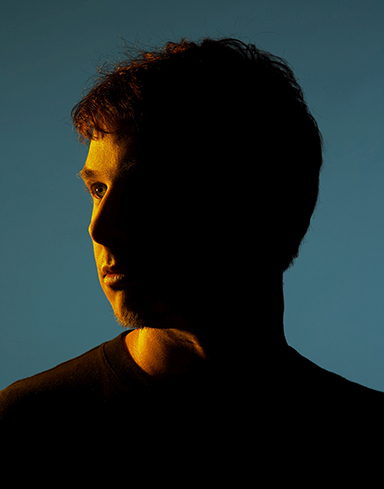 English
English
 Japanese
Japanese
 French
French
 After graduating from University Paul Sabatier of Toulouse in France, he came to Japan where he has been living since 2005. His early work focused on 3D scanning in the medical and the cosmetic field. After a couple of years, he wanted to get closer to the graphic world and started working for the digital animation studio Polygon Pictures. During that period, he enjoyed working among modelers, animators and other CG creators, developing original graphic software tools to be used in worldwide class productions. He had the opportunity to take part in amazing projects, especially the creation of brain sequences for the new version 2.0 of the cult movie "Ghost in the Shell" or the development of software tools to be used in the TV series "Tron: Uprising".
After graduating from University Paul Sabatier of Toulouse in France, he came to Japan where he has been living since 2005. His early work focused on 3D scanning in the medical and the cosmetic field. After a couple of years, he wanted to get closer to the graphic world and started working for the digital animation studio Polygon Pictures. During that period, he enjoyed working among modelers, animators and other CG creators, developing original graphic software tools to be used in worldwide class productions. He had the opportunity to take part in amazing projects, especially the creation of brain sequences for the new version 2.0 of the cult movie "Ghost in the Shell" or the development of software tools to be used in the TV series "Tron: Uprising".In 2009, Paul Lacroix started to explore new ways to combine his knowledge in computer vision and programming with CG and design. He began developing real-time interactive contents using sensors reacting to human movements: "It creates a link with the audience that is not anymore a simple observer, but also becomes a full actor of the digital composition".
During a project of virtual fitting room for clothes, he grew a great interest into physics simulations: "Design a mathematical model to represent something real into a computer; precise enough to give a realistic aspect, but simple enough to be able to run in real-time". At this period, he also conceived a live 3D character system (kind of Virtual Youtuber) for SEGA's amusement parks (Tokyo, Shanghai, Chintao). Based on optical motion capture and real-time rendering techniques associated with acting and dancing, this project involved not only CG creators but also live stage experts and dance performers. It was an inspiring experience with a strong influence on his work afterwards.
Also actively involved in the field of projection mapping, he acts as a consultant between the creative team and the technical team, designing optimum workflow to generate 3D contents in complex projection situations. He notably worked on the "Seikei University Projection Mapping", one of the first big events of the kind in Japan, then took part in the construction of the permanent outdoor projection mapping system "Dockyard Garden" in Yokohama, and later in events at "Caretta Shiodome" or "Tokyo International Forum".
His experience in human body sensing and projection mapping leads him to create the world's first real-time face tracking and projection mapping system in "OMOTE" (more than 5 million views in a single week). Pursuing the improvements of his facial mapping technology, other projects followed: "Face Hacking" on the Japanese television, Japanese promotion video for the live-action movie "Ghost in the Shell", collaborations with the British-Irish singer "Empara Mi" or with the Japanese band "Kamiboku", "Van Gogh Face Projection Mapping" at Tokyo Metropolitan Museum, live projection mapping on the French singer Bilhal Hassani during the 2019 edition of the Eurovision Song Contest.
Besides faces, he spent several years researching and experimenting with projection mapping on the whole body. Technically much more challenging, he finally released projects like "EXISDANCE" and "PARTED".
Paul Lacroix is passionate and always eager to face new challenging projects with other passionate people: "I really enjoy working with other creators and artists. Starting from an idea, a dream, a vision, we talk about it and find a way to turn it into something real".